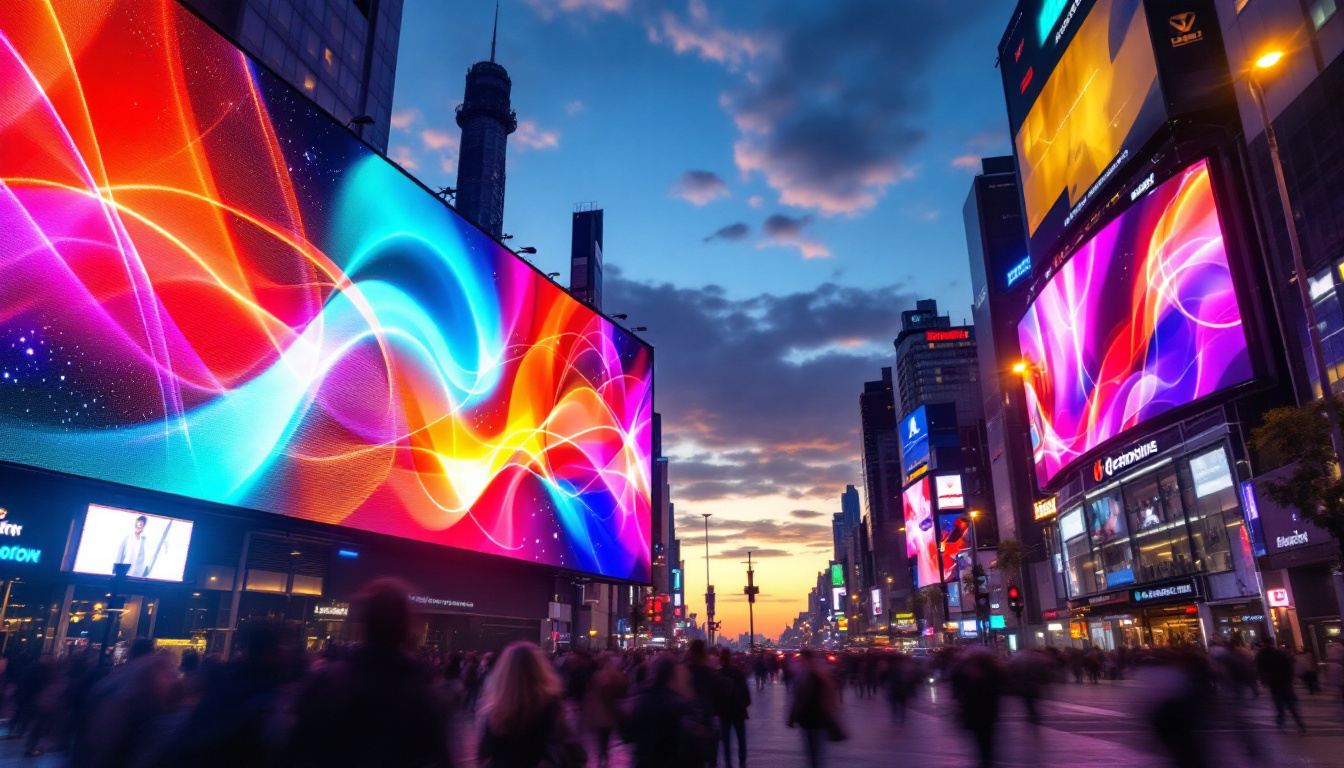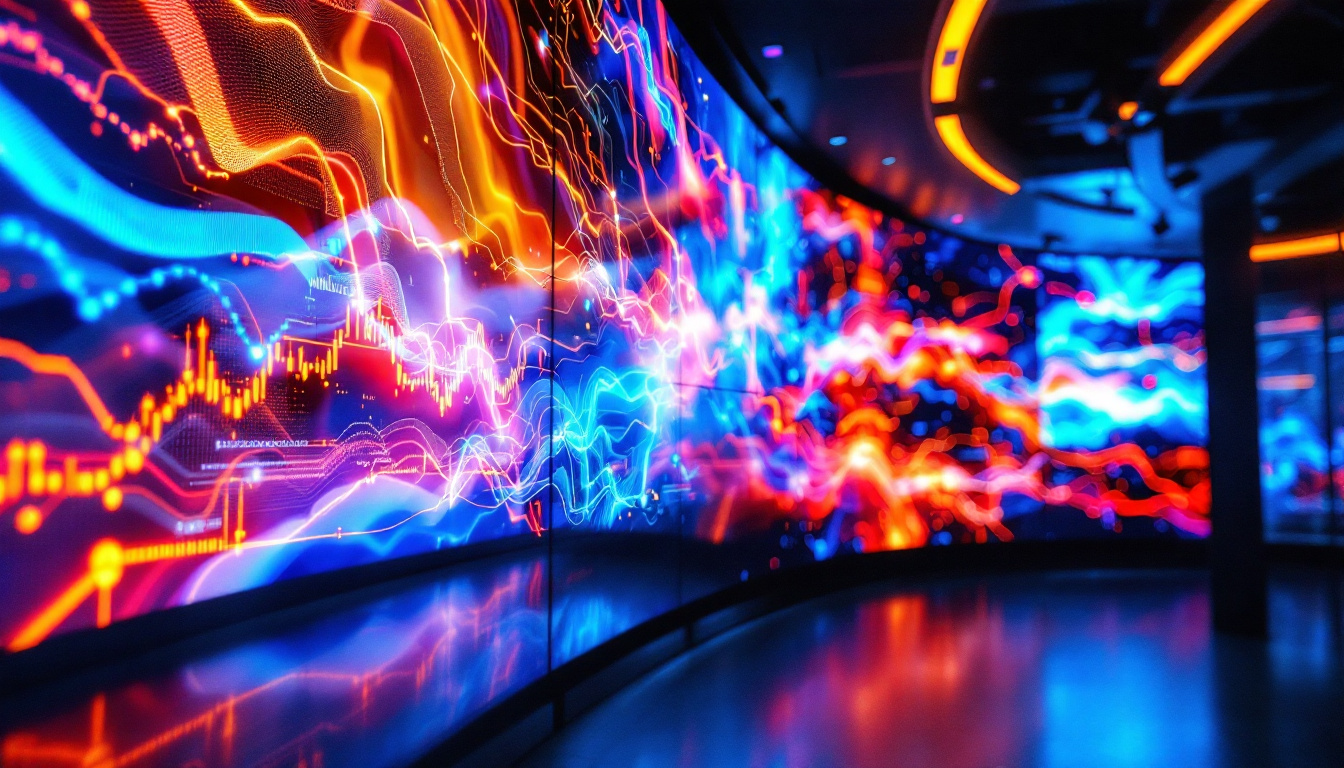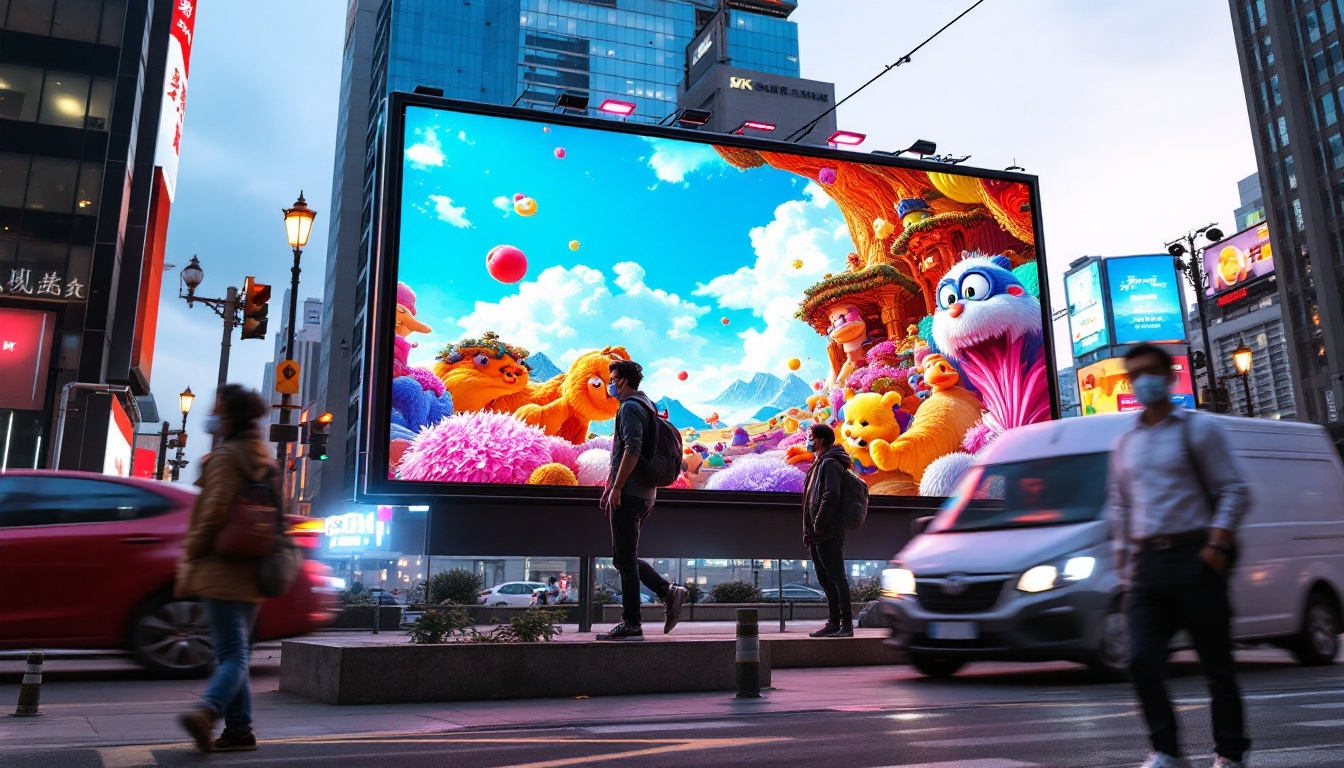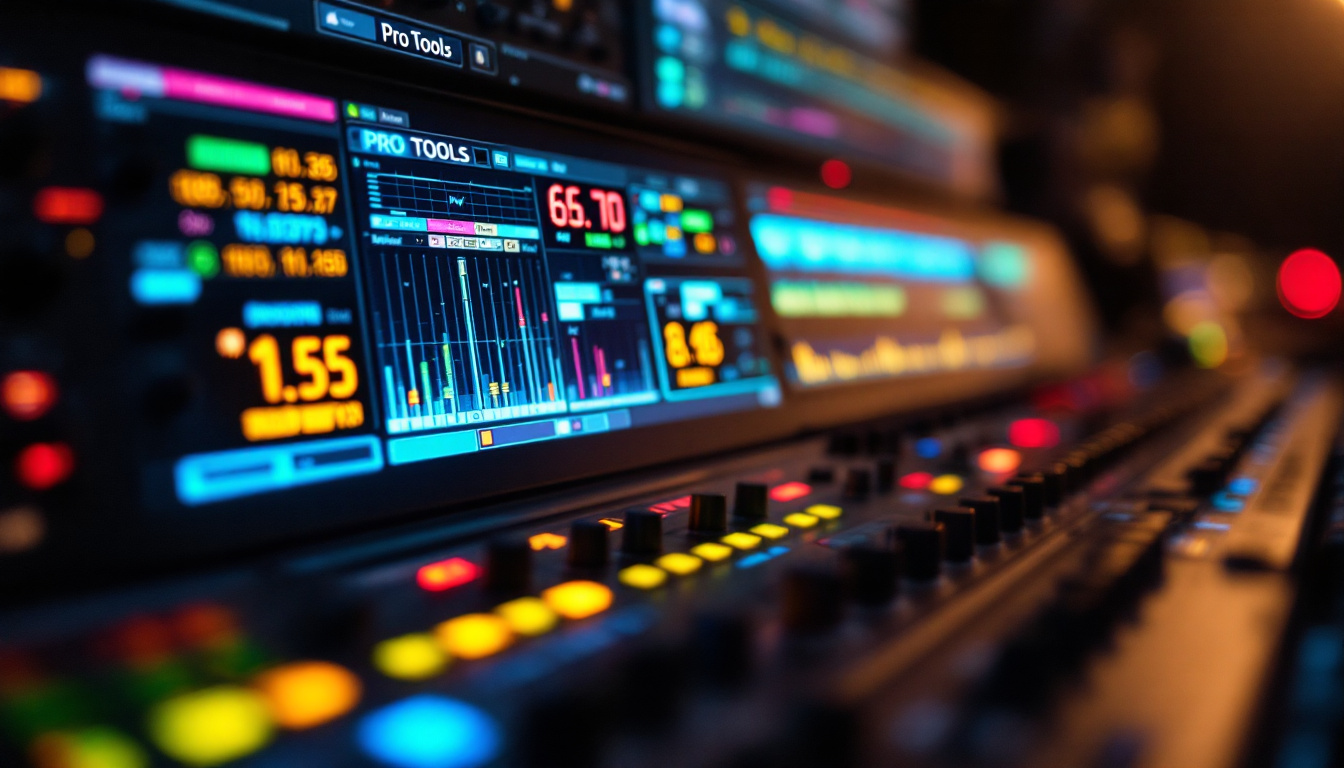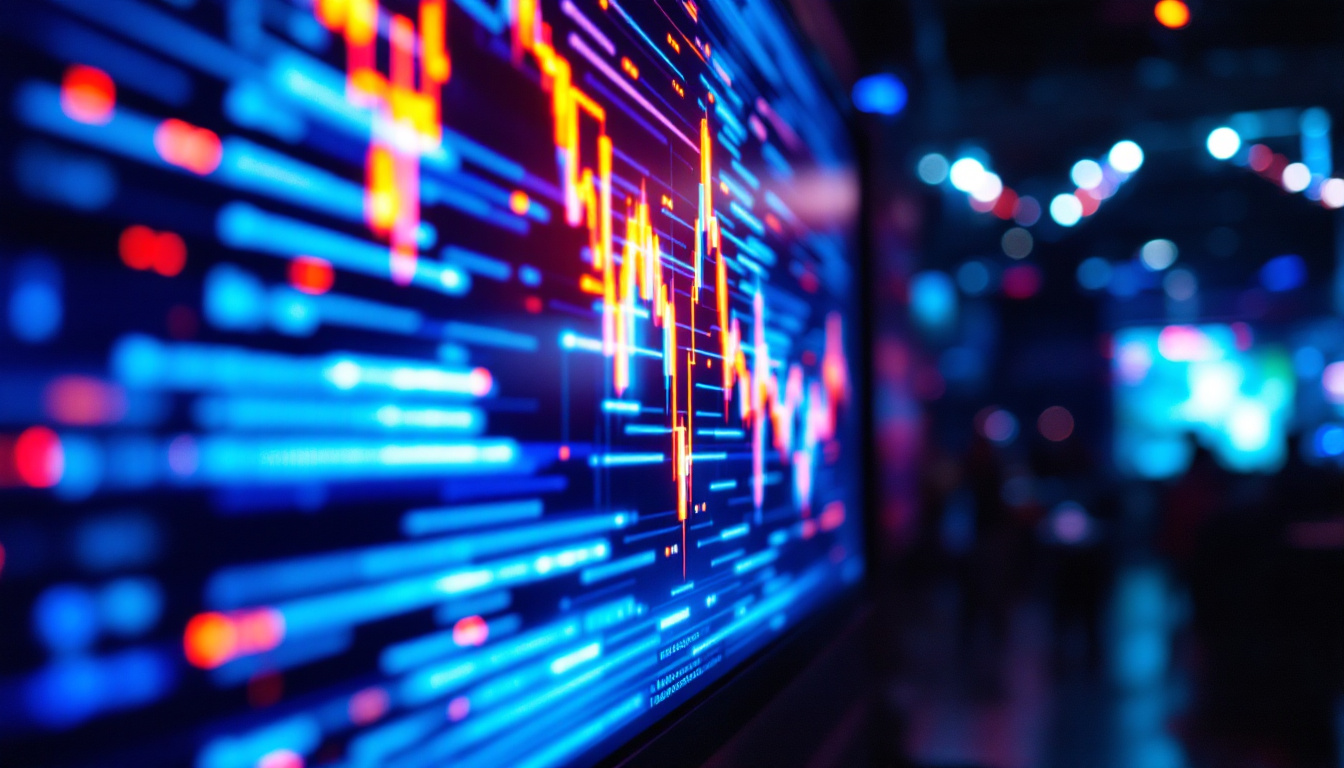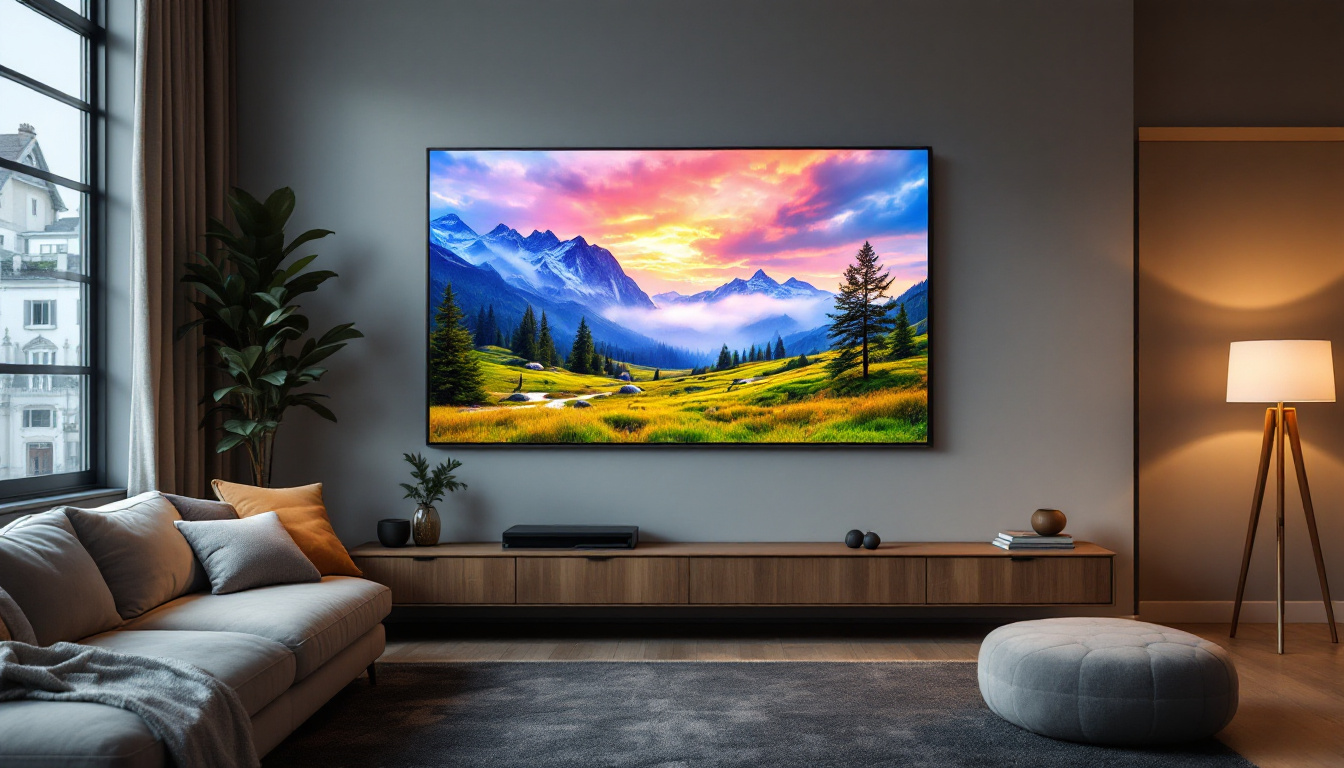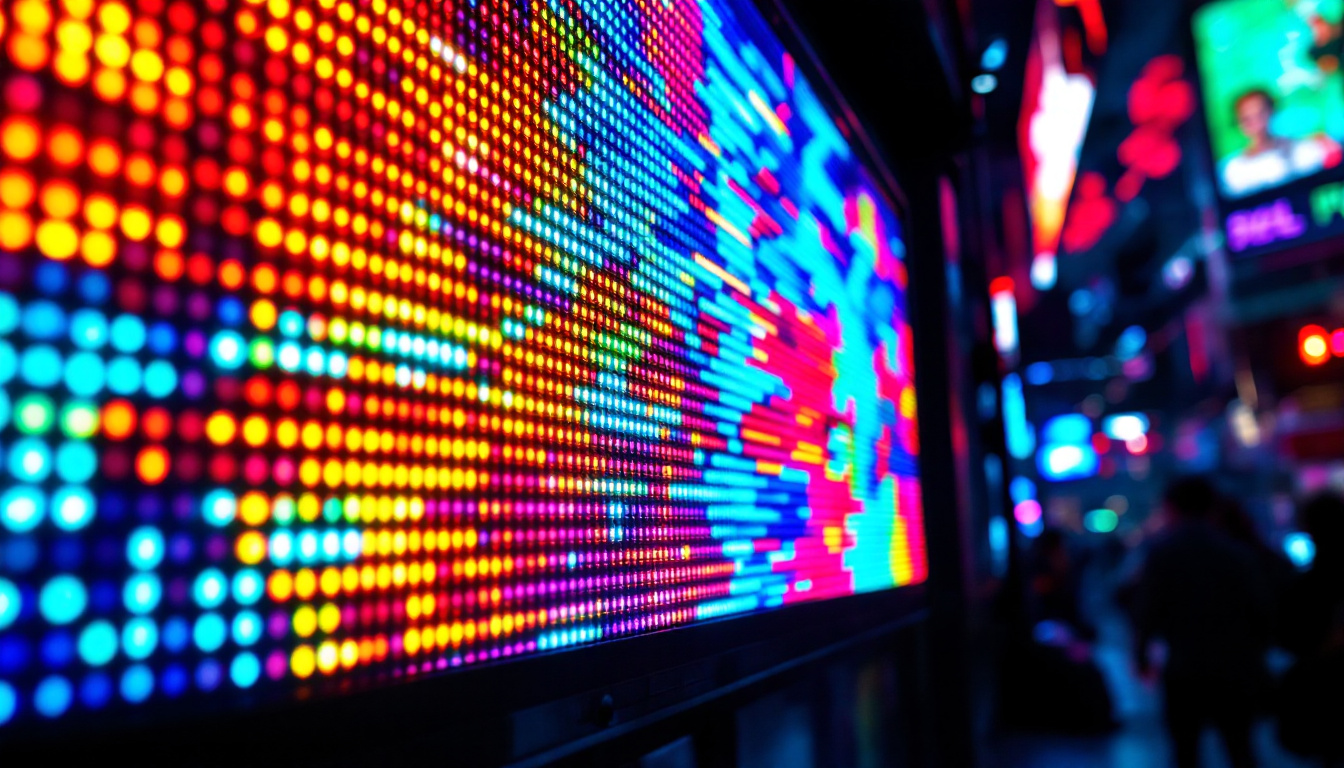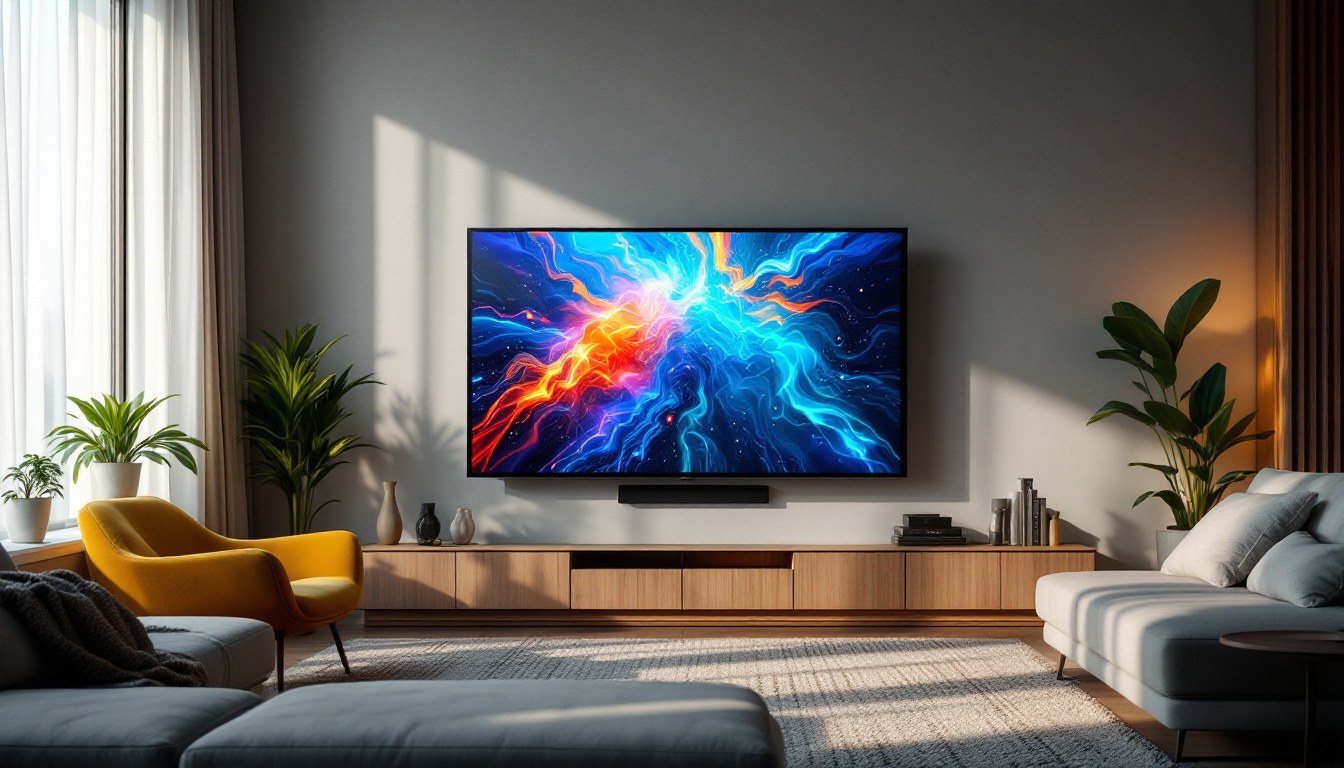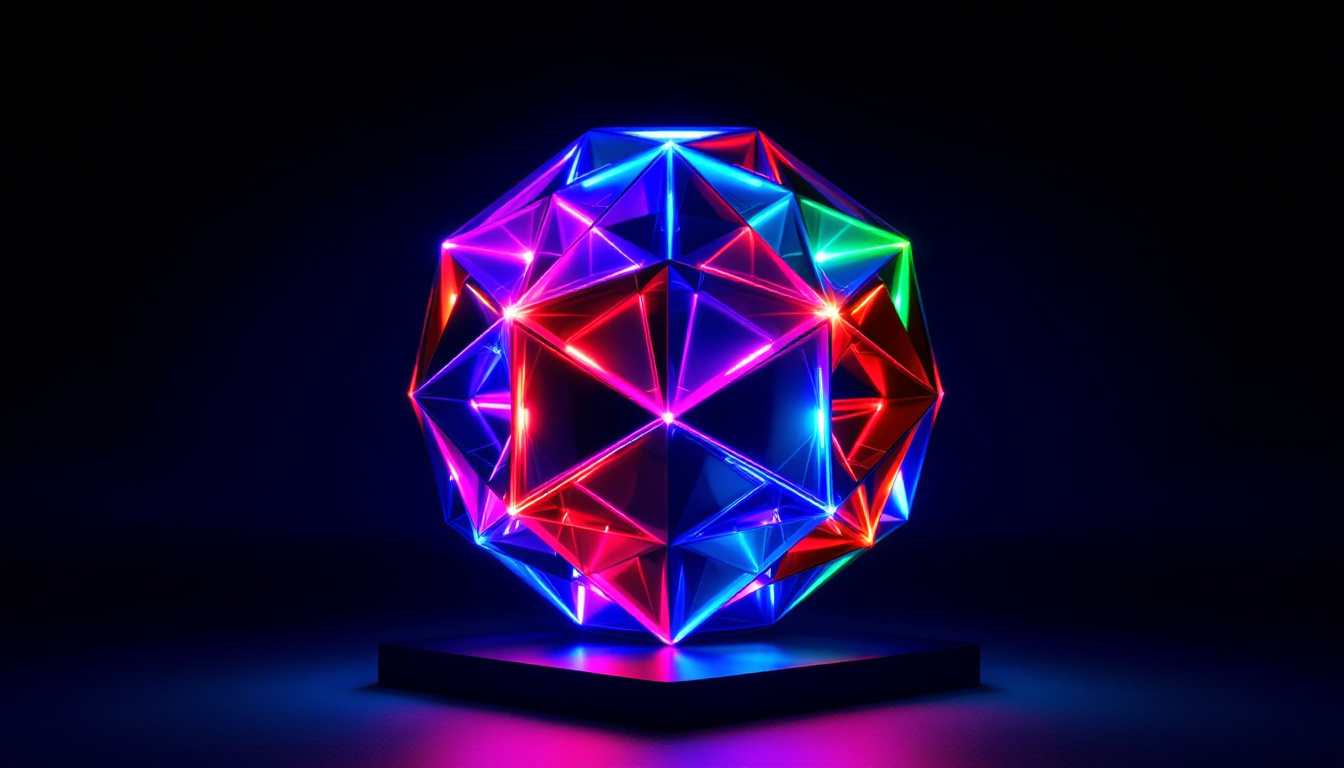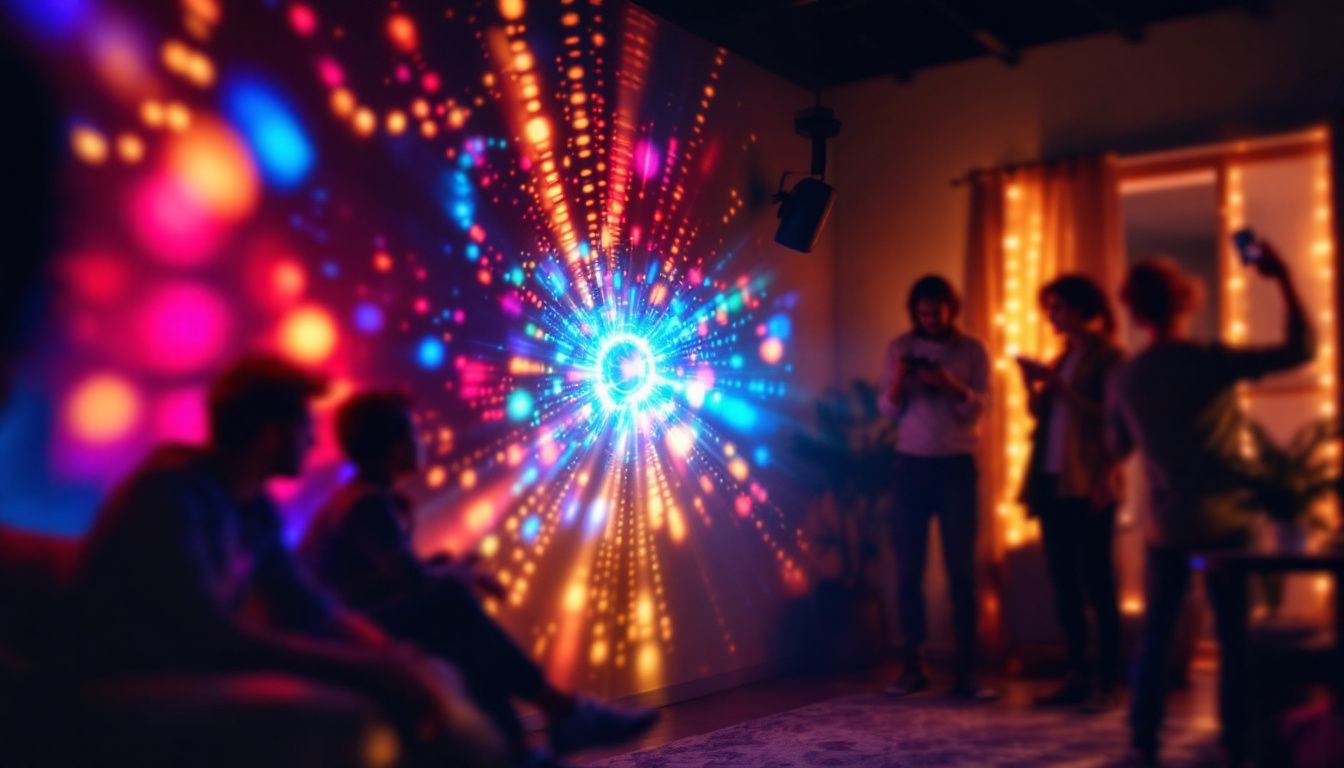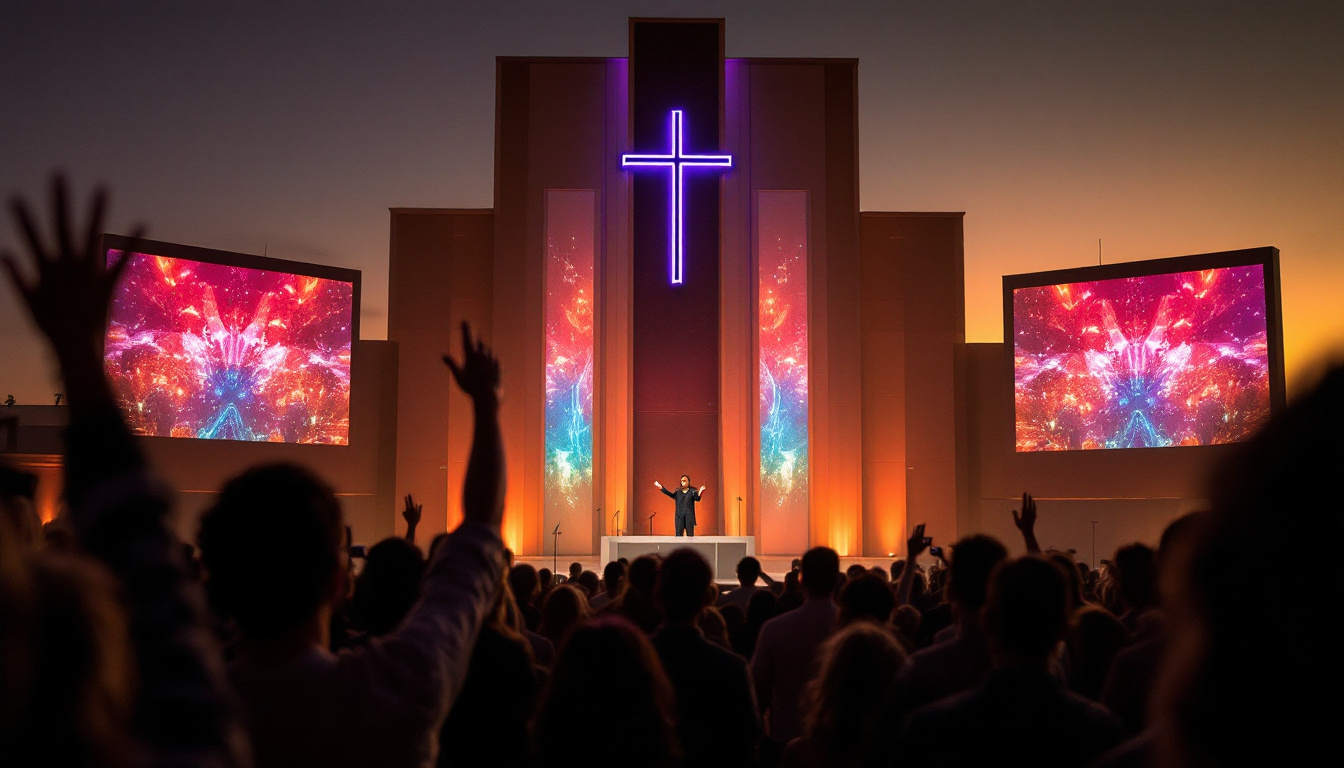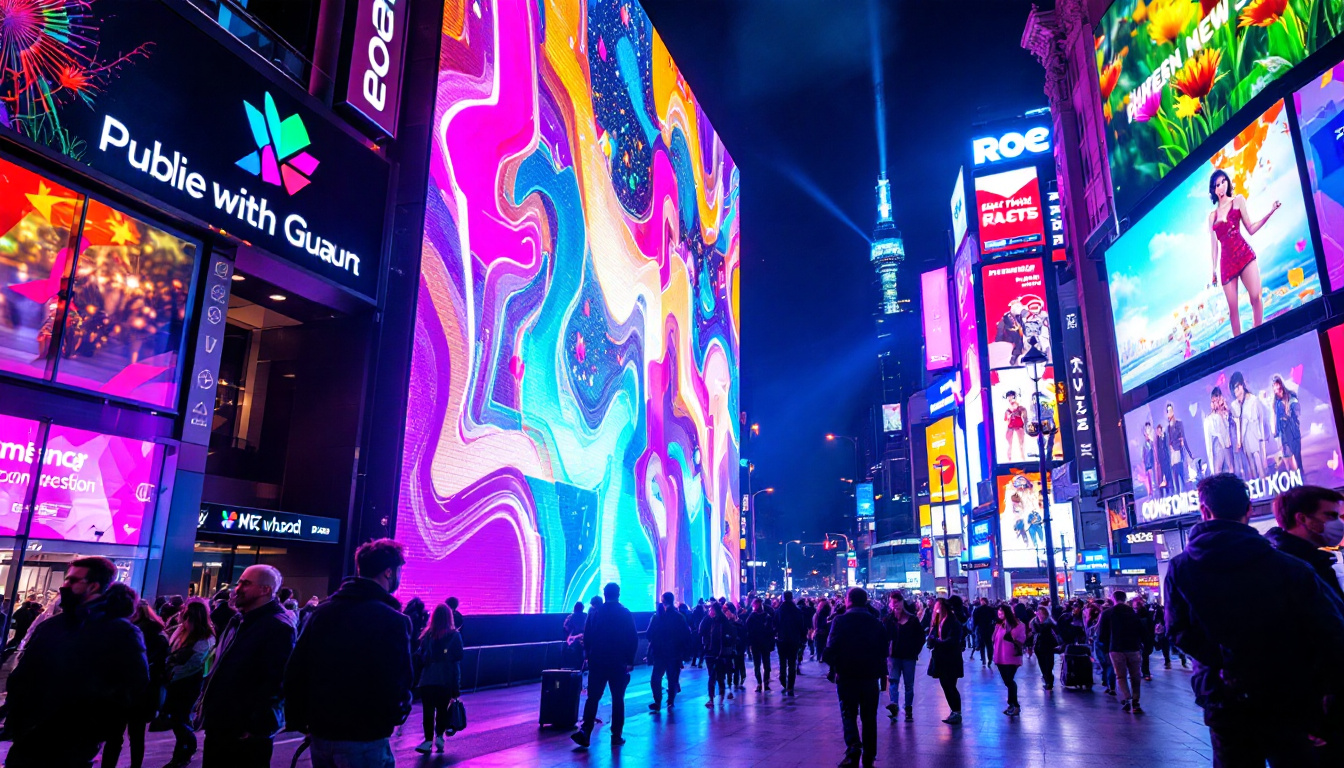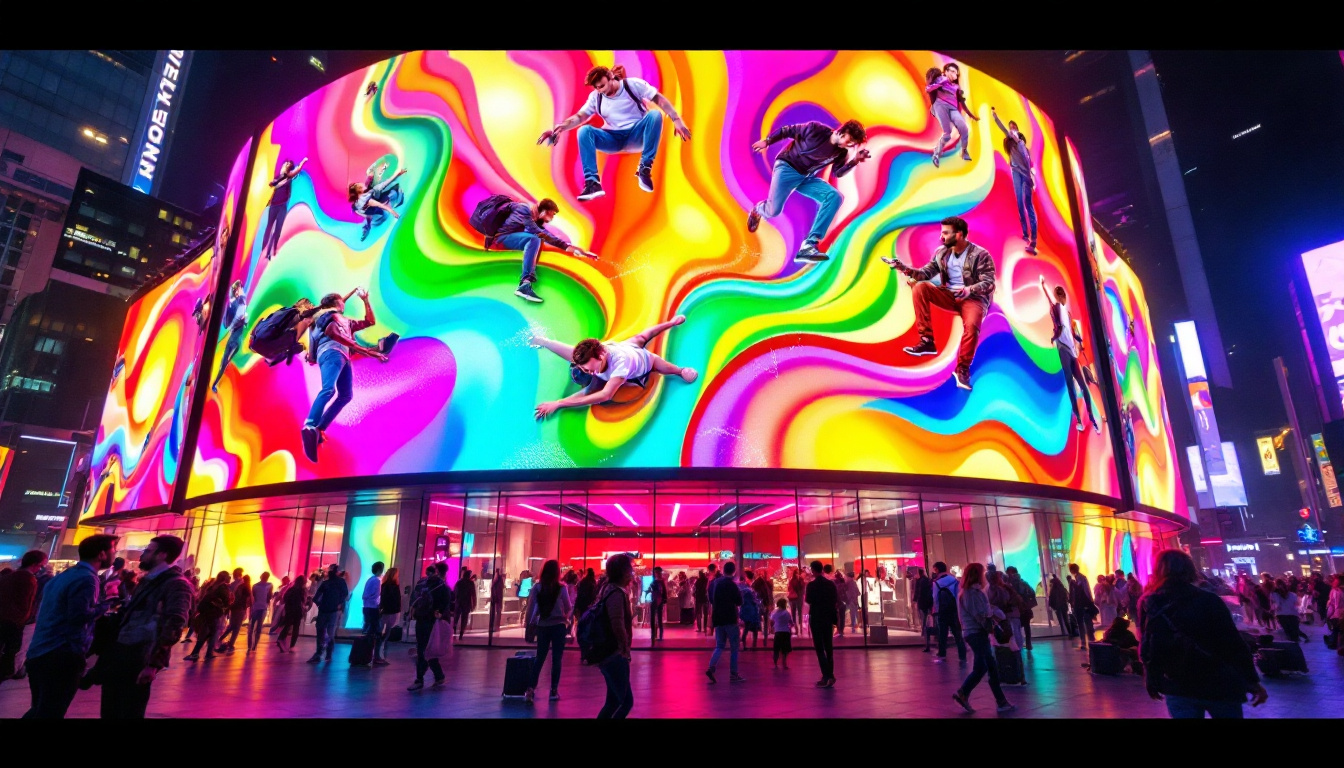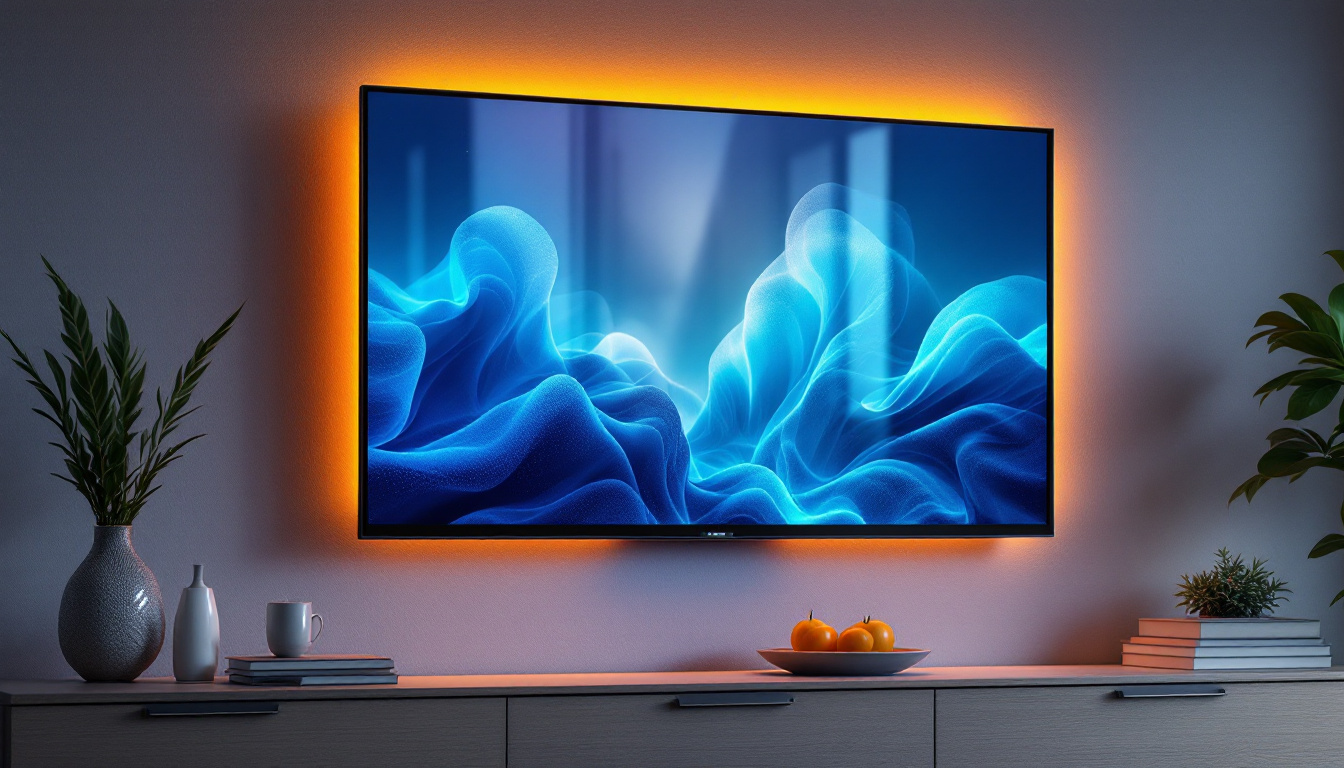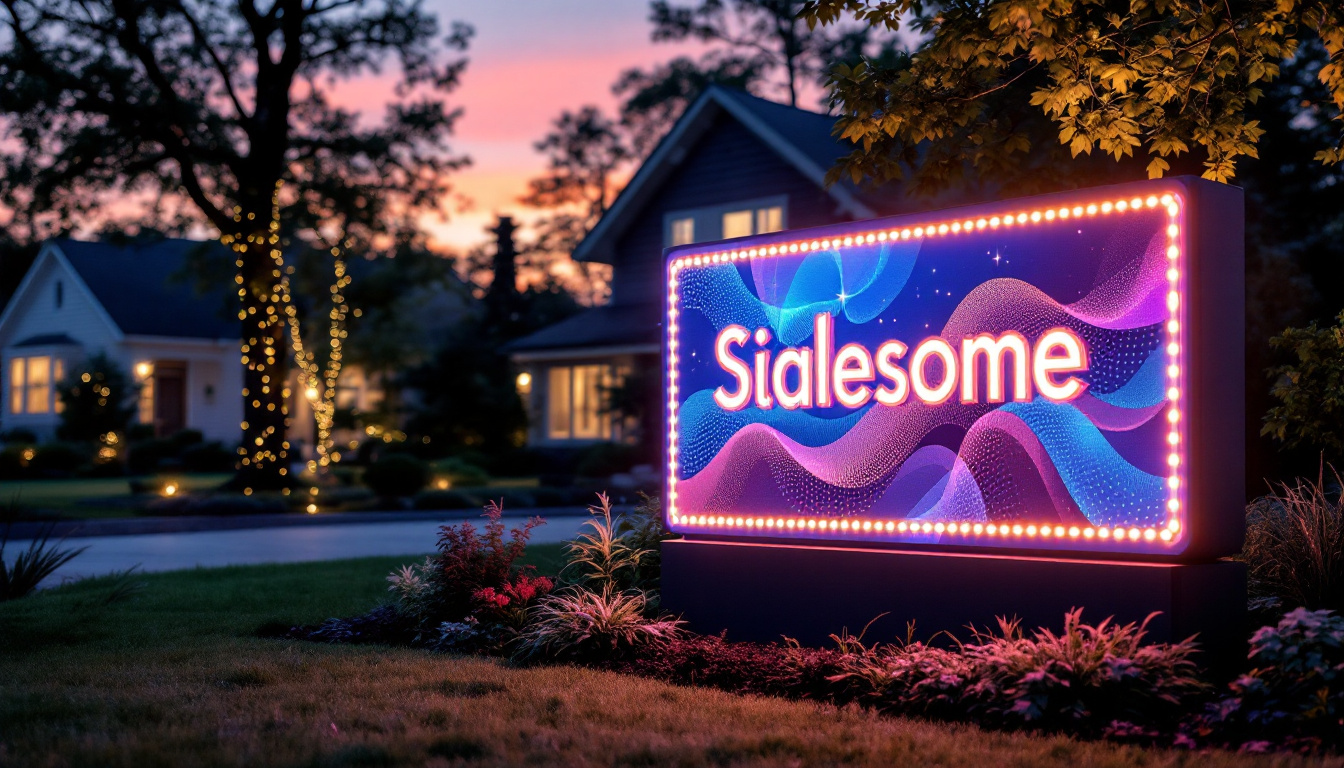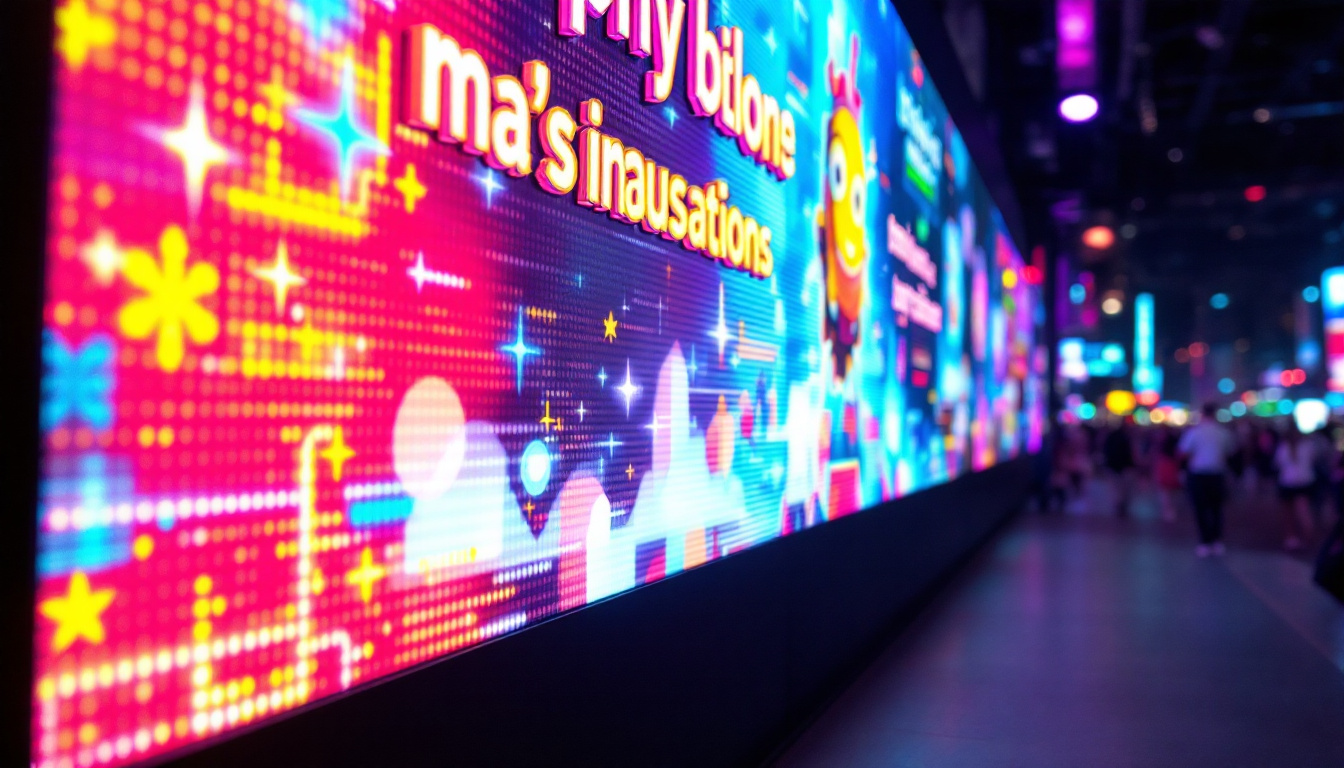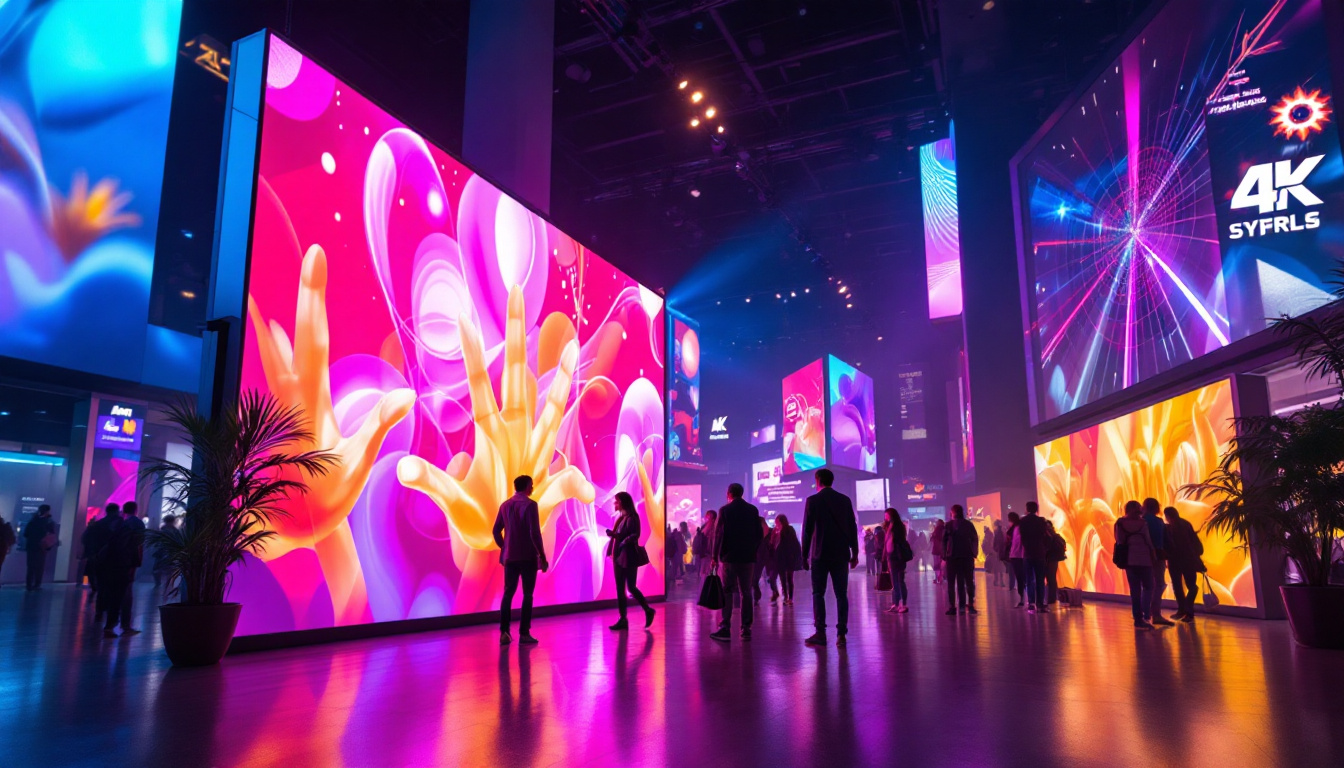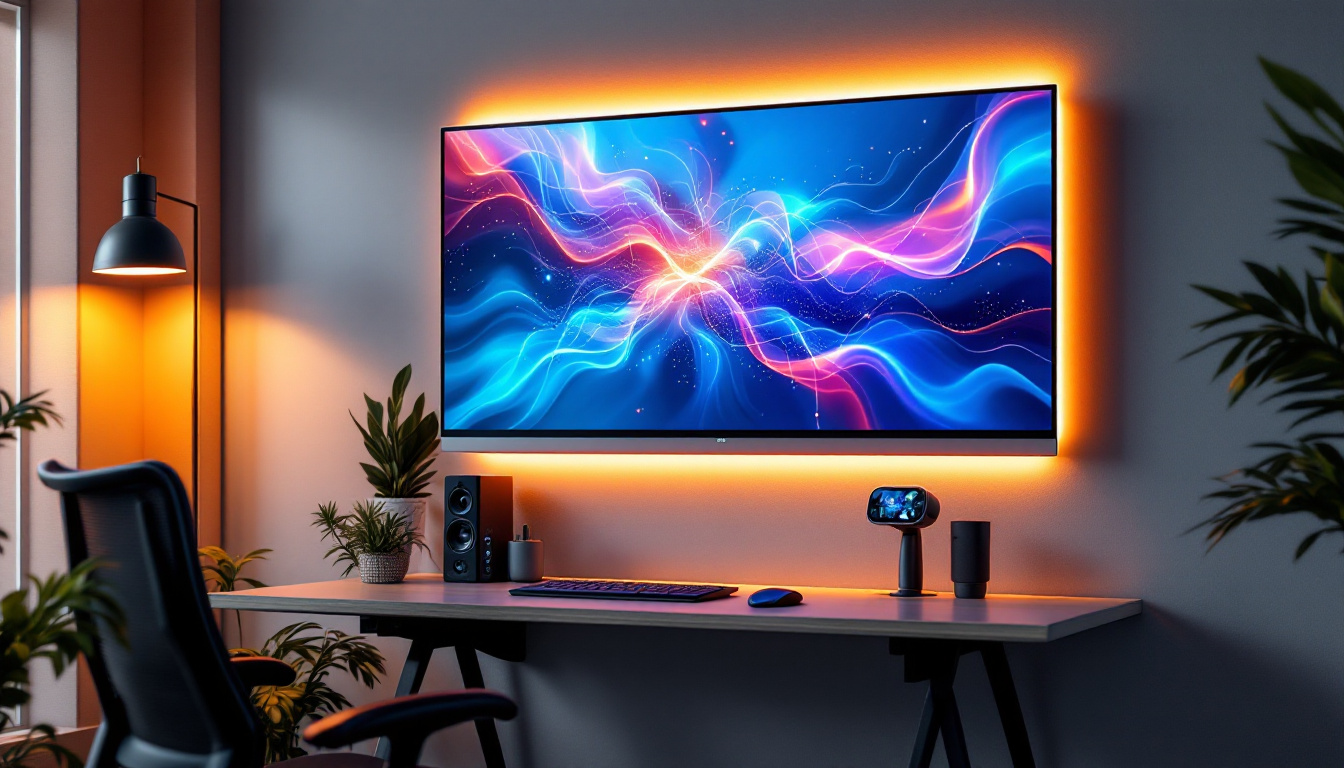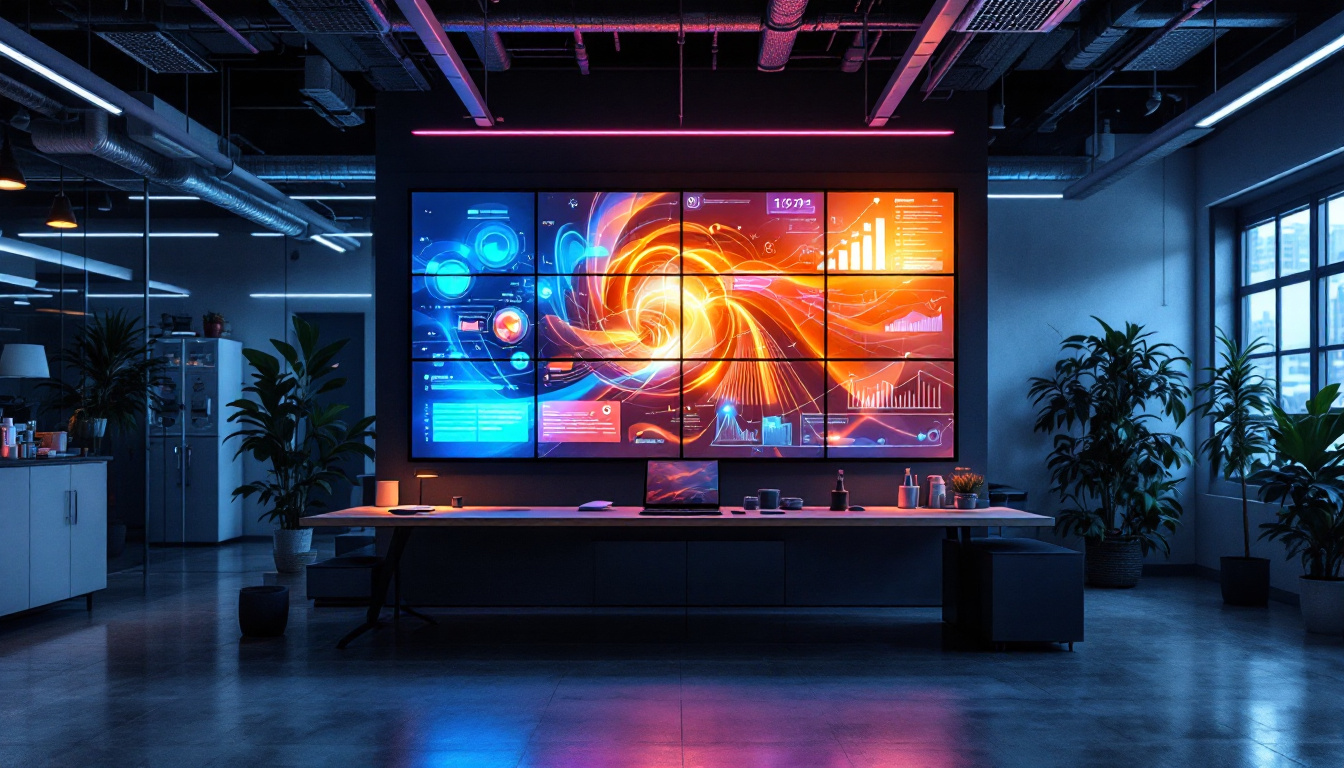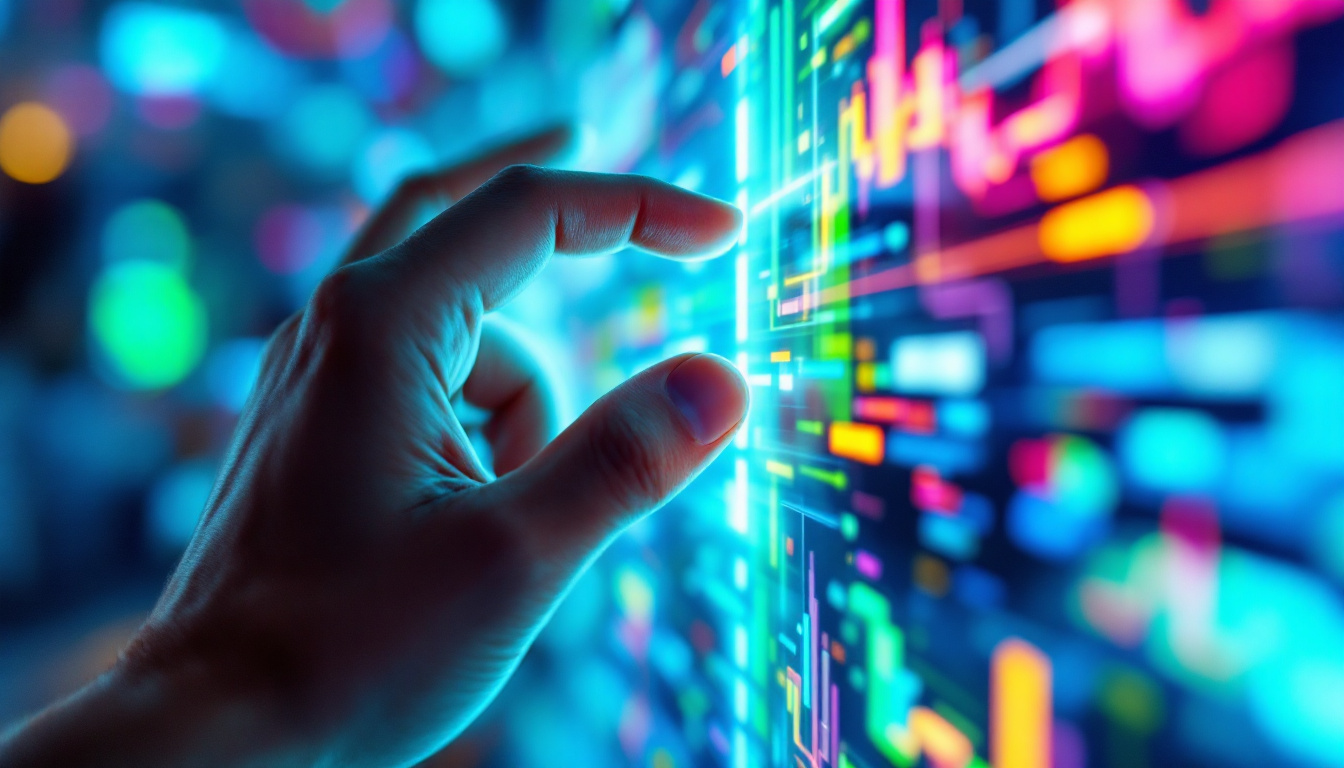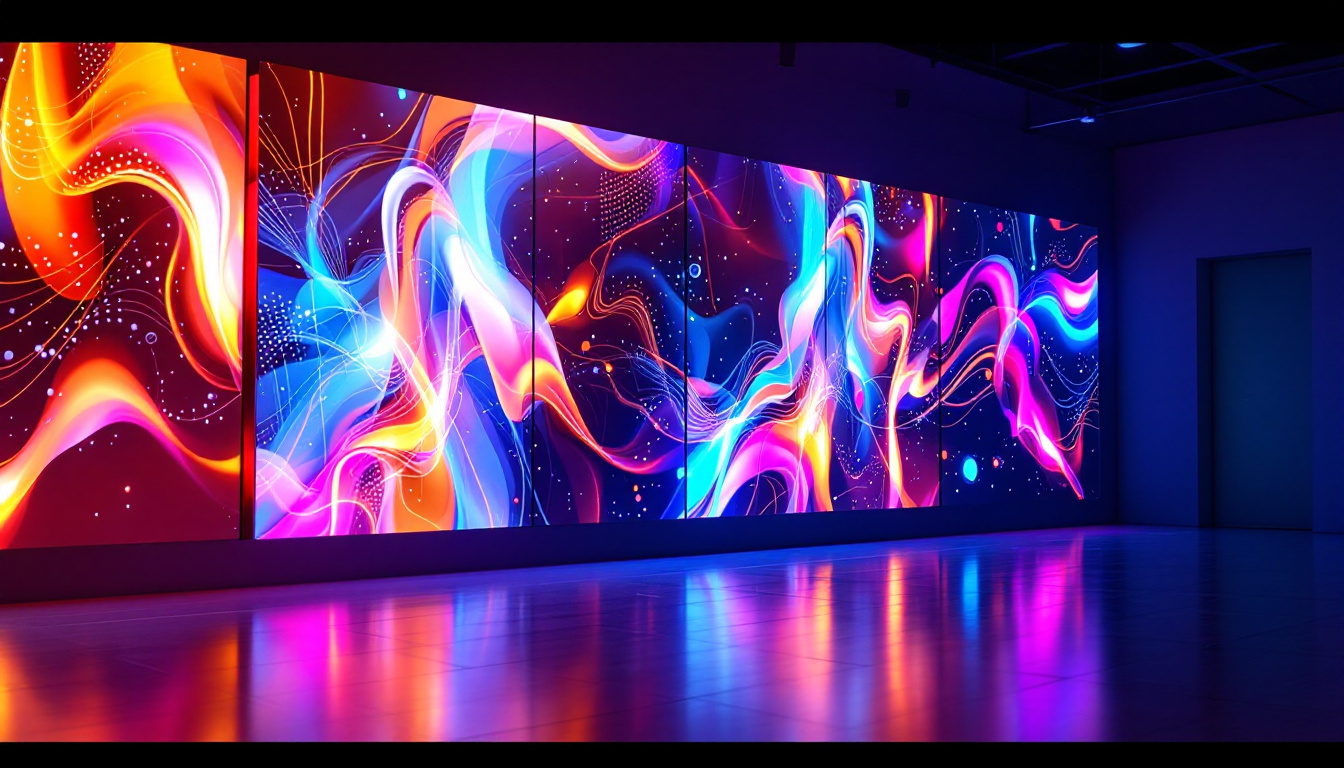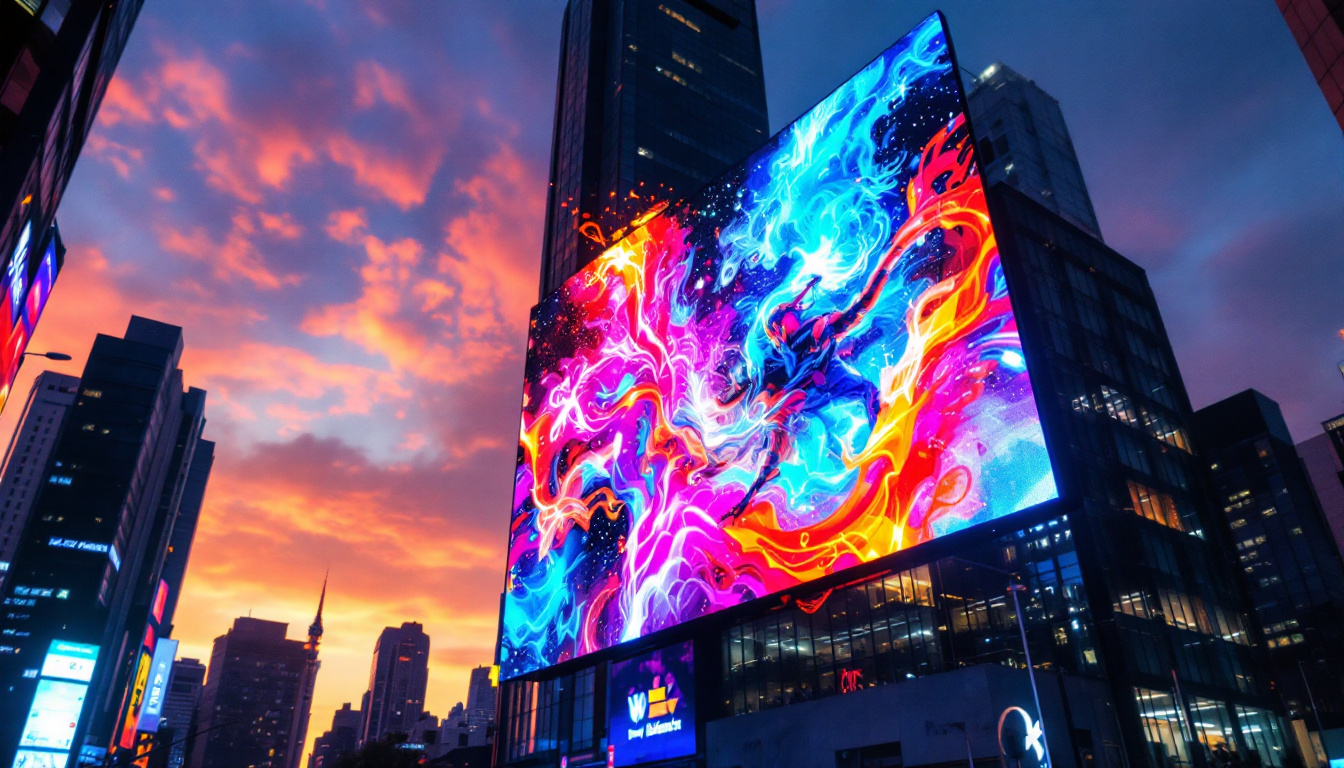In the modern world, LED displays have become ubiquitous, transforming how information is conveyed visually. From advertising billboards to television screens, the technology behind LED displays is both fascinating and complex. This article delves into the intricacies of LED displays, exploring their components, types, applications, and the future of this innovative technology.
Understanding LED Technology
LED, or Light Emitting Diode, is a semiconductor device that emits light when an electric current passes through it. This technology has revolutionized the display industry, offering numerous advantages over traditional lighting methods. Understanding the fundamentals of LED technology is essential to grasp how LED displays function.
How LEDs Work
The operation of an LED is based on the principle of electroluminescence. When electrons recombine with holes in the semiconductor material, energy is released in the form of photons, which is visible light. The color of the light emitted depends on the materials used in the semiconductor. For instance, different combinations of gallium, arsenic, and phosphorus can produce various colors.
LEDs are highly efficient and have a longer lifespan compared to incandescent bulbs. They consume less power, making them an environmentally friendly option. This efficiency is one of the primary reasons for their widespread adoption in display technology.
Components of LED Displays
LED displays are composed of several key components that work together to produce high-quality images. Understanding these components can provide insight into the display’s performance and capabilities.
- LED Modules: These are the building blocks of an LED display. Each module contains a grid of individual LEDs that can be controlled to create images and videos.
- Control System: This system manages the input signals and ensures that the correct colors and intensities are displayed on the screen. It includes software that processes the incoming data.
- Power Supply: LED displays require a stable power supply to function correctly. The power supply converts the AC voltage from the mains to the DC voltage needed by the LEDs.
Types of LED Displays
LED displays come in various types, each designed for specific applications. Understanding these types can help in selecting the right display for particular needs.
Direct View LED Displays
Direct view LED displays are made up of individual LEDs that are arranged in a grid. These displays are commonly used for large outdoor advertising screens and indoor video walls. They offer high brightness and excellent visibility, even in direct sunlight.
One of the significant advantages of direct view LED displays is their modularity. They can be easily scaled to different sizes, making them versatile for various applications. Additionally, they provide a wide viewing angle, ensuring that the image remains clear from different perspectives.
LED Backlit Displays
LED backlit displays utilize LEDs to illuminate an LCD screen from behind. This technology is commonly found in televisions and computer monitors. The use of LED backlighting enhances the display’s brightness and contrast, resulting in vibrant images.
Unlike direct view LED displays, LED backlit displays do not emit light directly from the pixels. Instead, they rely on the LCD panel to modulate the light produced by the LEDs. This design allows for thinner screens and improved energy efficiency.
Organic LED (OLED) Displays
Organic LED displays represent a significant advancement in display technology. Unlike traditional LEDs, OLEDs use organic compounds that emit light when an electric current is applied. This technology allows for thinner and more flexible displays, making it ideal for smartphones, tablets, and televisions.
One of the standout features of OLED displays is their ability to produce true blacks. Since each pixel emits its light, when a pixel is turned off, it appears completely black. This capability results in a higher contrast ratio and more vibrant colors compared to traditional LED displays.
Applications of LED Displays
The versatility of LED displays has led to their adoption across various industries. From advertising to entertainment, their applications are vast and continually expanding.
Advertising and Marketing
One of the most prominent uses of LED displays is in advertising. Digital billboards and signage allow businesses to display dynamic content that can be updated in real-time. This capability makes advertising more engaging and effective, as businesses can tailor their messages to specific audiences or events.
Furthermore, LED displays can attract attention due to their brightness and movement. This quality makes them ideal for high-traffic areas, ensuring maximum visibility and impact.
Entertainment and Events
In the entertainment industry, LED displays are used extensively in concerts, sports events, and festivals. Large video walls provide audiences with immersive experiences, enhancing the overall enjoyment of the event. The ability to display high-definition videos and graphics in real-time adds a new dimension to live performances.
Additionally, LED technology has made its way into stage design, with flexible LED screens allowing for creative and dynamic backdrops. This innovation has transformed how performances are staged, providing artists with new tools to express their creativity.
Healthcare and Education
In healthcare, LED displays are used for patient information systems and digital signage within hospitals. These displays provide critical information to patients and staff, improving communication and efficiency.
In educational settings, LED displays are increasingly being used in classrooms and auditoriums. They serve as interactive teaching tools, allowing educators to present information in engaging ways. The clarity and brightness of LED displays ensure that all students can see the content, regardless of their seating position.
Advantages of LED Displays
LED displays offer numerous advantages over traditional display technologies. Understanding these benefits can help in appreciating their growing popularity in various sectors.
Energy Efficiency
One of the most significant advantages of LED displays is their energy efficiency. They consume significantly less power than traditional incandescent or fluorescent displays. This efficiency not only reduces operational costs but also contributes to environmental sustainability.
With the increasing emphasis on energy conservation, LED technology aligns well with the global push towards greener solutions. As businesses and consumers become more environmentally conscious, the demand for energy-efficient technologies continues to rise.
Longevity and Durability
LED displays are known for their long lifespan, often lasting tens of thousands of hours. This longevity reduces the need for frequent replacements, resulting in lower maintenance costs over time. Additionally, LED displays are more durable than traditional displays, making them suitable for various environments, including outdoor settings.
The robust nature of LED technology means that these displays can withstand harsh weather conditions, making them ideal for outdoor advertising and signage. Their resistance to shock and vibration further enhances their durability, ensuring reliable performance in demanding situations.
High-Quality Visuals
LED displays are renowned for their superior image quality. They offer high brightness levels, vibrant colors, and excellent contrast ratios. This quality ensures that content is displayed clearly, even in challenging lighting conditions.
Moreover, advancements in LED technology have led to improved pixel density, resulting in sharper images and smoother video playback. This capability is particularly important for applications requiring high-definition visuals, such as entertainment and advertising.
Challenges and Considerations
Despite their numerous advantages, LED displays are not without challenges. Understanding these challenges is essential for making informed decisions when selecting and implementing LED technology.
Initial Costs
While LED displays offer long-term savings due to their energy efficiency and durability, the initial investment can be significant. High-quality LED displays can be more expensive than traditional display technologies, which may deter some businesses from making the switch.
However, it is crucial to consider the total cost of ownership, including energy savings and maintenance costs, when evaluating the investment. Over time, the benefits of LED technology often outweigh the initial costs.
Heat Generation
LED displays can generate heat during operation, which can impact their performance and longevity if not managed properly. Adequate cooling systems are necessary to ensure that the displays operate efficiently and maintain their lifespan.
In outdoor applications, exposure to direct sunlight can exacerbate heat issues. Therefore, proper installation and maintenance are critical to ensuring optimal performance and preventing overheating.
Viewing Angles and Distance
While LED displays offer wide viewing angles, the quality of the image can vary depending on the distance from which it is viewed. For instance, high-resolution displays are necessary for close viewing distances, while lower resolutions may suffice for larger displays viewed from afar.
Understanding the specific application and viewing conditions is essential when selecting an LED display. This consideration ensures that the display meets the intended purpose and provides the best visual experience.
The Future of LED Displays
The future of LED displays looks promising, with ongoing advancements in technology and applications. As the demand for high-quality visual experiences continues to grow, several trends are emerging in the LED display market.
MicroLED Technology
MicroLED technology represents the next evolution in LED displays. This innovation involves using microscopic LEDs to create displays that offer even greater resolution and color accuracy. MicroLED displays have the potential to deliver superior image quality while maintaining the energy efficiency and longevity associated with traditional LED technology.
With their ability to create flexible and scalable displays, microLEDs are expected to revolutionize various applications, from consumer electronics to large-scale installations. As research and development continue, microLED technology may soon become a mainstream option.
Smart LED Displays
The integration of smart technology into LED displays is another trend shaping the future of this industry. Smart LED displays can connect to the internet, allowing for remote management, real-time content updates, and data analytics.
This connectivity enhances the functionality of LED displays, enabling businesses to optimize their advertising strategies and improve audience engagement. The ability to gather data on viewer interactions can lead to more targeted and effective marketing campaigns.
Sustainability Initiatives
As environmental concerns continue to rise, the LED display industry is focusing on sustainability initiatives. Manufacturers are exploring eco-friendly materials and production processes to reduce the environmental impact of LED displays.
Additionally, recycling programs for old LED displays are becoming more common, ensuring that electronic waste is managed responsibly. As sustainability becomes a priority for consumers and businesses alike, the LED display industry is likely to adapt and innovate in response to these demands.
Conclusion
LED displays have transformed the visual landscape, offering unparalleled brightness, energy efficiency, and versatility. Understanding the technology, types, applications, and future trends of LED displays is essential for anyone looking to leverage this powerful tool for communication and engagement.
As advancements continue to emerge, the potential for LED displays is boundless. From enhancing advertising strategies to revolutionizing entertainment experiences, LED technology is poised to play a pivotal role in shaping the future of visual communication.
Explore Cutting-Edge LED Displays with LumenMatrix
Ready to elevate your visual communication with the latest in LED technology? LumenMatrix is at the forefront of innovation, offering a diverse range of LED display solutions tailored to your needs. Whether you’re seeking to enhance your brand’s visibility with an Indoor LED Wall Display, captivate passersby with an Outdoor LED Wall Display, or engage fans with a dynamic LED Sports Display, LumenMatrix has the state-of-the-art modules to bring your vision to life. Experience the future of digital signage and create immersive visual experiences that resonate with your audience. Check out LumenMatrix LED Display Solutions today and transform the way you communicate.

